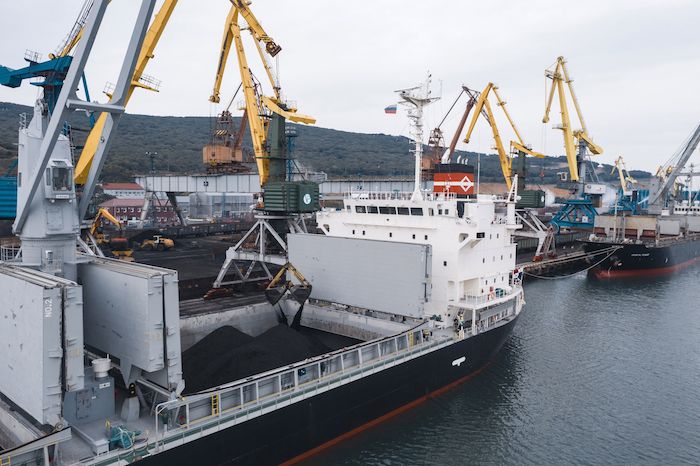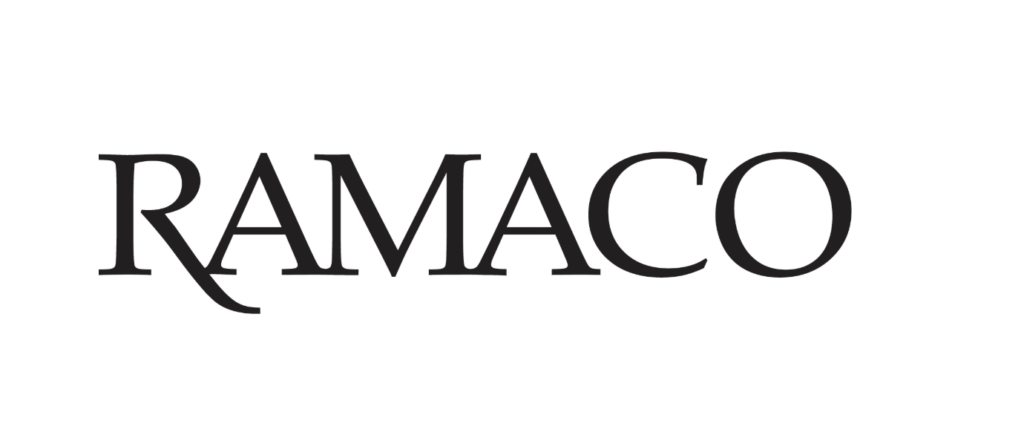LAUNCESTON, Australia, March 12 (Reuters) – Russia’s exports of seaborne coal to Asia have been weakening in recent months, with lower shipments of both thermal grades and metallurgical coal used to make steel. Exports of all grades of coal were assessed by commodity analysts Kpler at 8.48 million metric tons in February, slightly higher than January’s 8.37 million.
However, that small increase came after six straight months of declines, and the February exports were also some 21.6% below the 10.81 million tons for February 2023.
Coal miners in Russia switched from selling mainly to Europe to markets in Asia in the wake of Moscow’s February 2022 invasion of Ukraine, which saw Western countries adopt sanctions against Russian energy exports.
Russia’s seaborne coal exports to Asia peaked at 14.69 million tons in April last year, almost double the levels in months preceding the attack on Ukraine. Much of the increase came as Russia boosted shipments to India, the world’s second-largest coal importer behind China. It was able to grab market share in India by offering steep discounts, particularly on thermal coal, which is mainly used to generate electricity.
But Russian thermal coal is finding it harder to compete on price against rival grades from Asia’s heavyweight exporters Indonesia and Australia, as well as South Africa, which is known as a swing supplier of coal to both Europe and Asia. Russia’s exports of thermal coal to India dropped to 557,935 tons in February, down from 1.06 million in January and the weakest month since November 2022, according to Kpler data.
Russian delegates at the Coaltrans India conference, held at the end of February in the western state of Goa, said it was becoming harder for them to make any money shipping thermal coal to India. One representative of a Russian producer, speaking on condition of anonymity, said the rising freight costs had effectively cut profits to zero, and some cargoes heading to India were loss-making.
It’s not only higher freight costs hurting Russian thermal coal exports to India, with the prices of competing fuel from other suppliers also moderating in recent months.
Indonesian coal with an energy content of 4,200 kilocalories per kilogram (kcal/kg) , as assessed by commodity price reporting agency Argus, ended last week at $58.17 a ton. This grade has been trading in a relatively narrow range anchored around $58 a ton since November, but it’s still well below the 2023 peak of $87.55 in January.

SOFTER PRICES
Australian thermal coal with an energy content of 5,500 kcal/kg , a grade favoured by Indian buyers, ended last week at $95.77 a ton, down slightly from $96.66 the previous week. It has also been trading in a fairly narrow range around $93 to $96 a ton since November, and is down 29% from its 2023 high of $135.29 reached in mid-January.
The softer prices for Indonesian and Australian coal means that Russian suppliers have had to follow suit.
The coal trade between Russia’s European ports and India may also be further threatened by the attacks on shipping in the Red Sea by Yemen’s Iran-aligned Houthi group.
While Russian shipments haven’t been targeted, shipping companies and insurers have become concerned about transiting the Suez Canal and the Red Sea, with vessels being diverted to the longer and costlier route around the Cape of Good Hope.
Russia’s exports of metallurgical coal to Asia have also been struggling, with shipments of 1.73 million tons in February the lowest since August 2021 and down from 2.32 million in January.
Russian seaborne exports to Asia of the higher-energy coal used to make steel peaked at 4.47 million tons in March 2023, and with the exception of June that year they held above 3 million tons a month until November. However, since then Russia’s exports to top buyers India and China have tailed off, with shipments to India falling to a 17-month low of 489,207 tons in February, down from 1.09 million in January and a peak of 1.51 million in March last year.
Russia’s seaborne metallurgical coal exports to China were 587,751 tons in February, up slightly from January’s 576,435, but these past two months were the weakest since December 2021, and well below the peak of 2.13 million from March 2023.
The overall story for Russian coal exports to Asia is that Western sanctions reduced the number of buyers willing to take cargoes, and now the decline in prices for competing grades is making it harder for Russia’s miners to profitably ship cargoes to Asia.
By Clyde Russell for Reuters










